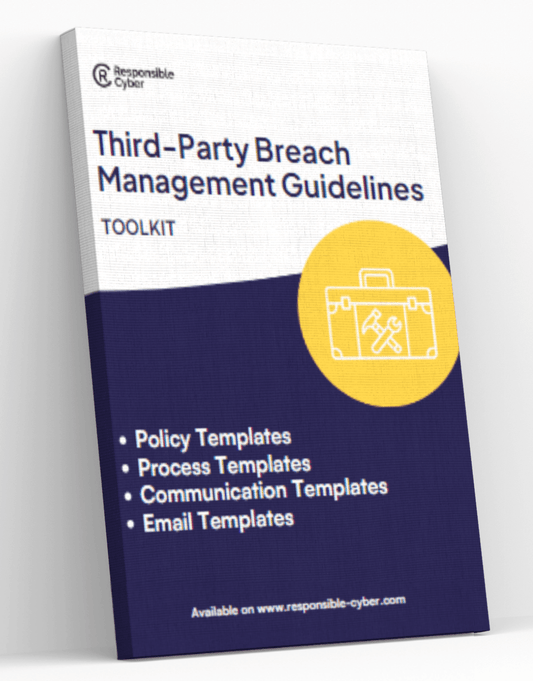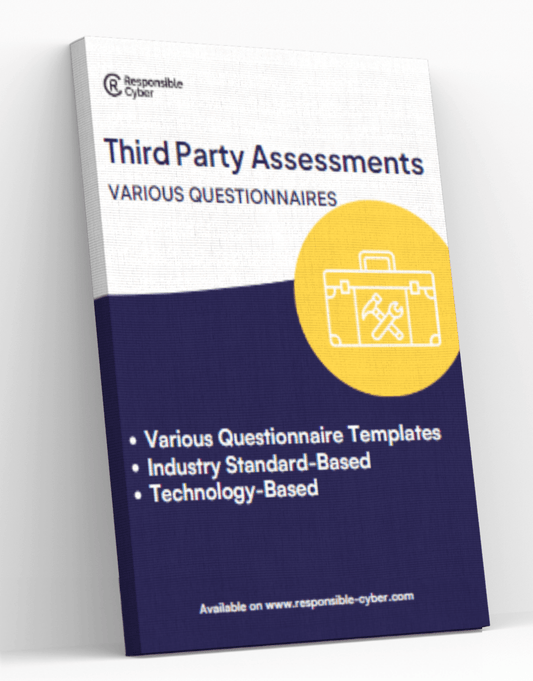Managing Access Control with Vendors: Best Practices

Effectively managing access control with vendors is crucial to protect sensitive data and maintain security. Here are best practices for implementing robust access control measures with third-party vendors:
1. Define Clear Access Policies
Access Requirements: Establish clear policies outlining which data and systems vendors can access. Base these requirements on the principle of least privilege, granting the minimum necessary access to perform their duties.
Documentation: Ensure these policies are well-documented and communicated to all relevant parties. Regularly review and update the policies to reflect any changes in business needs or regulatory requirements.
2. Implement Role-Based Access Control (RBAC)
Role Definition: Define roles based on job functions and assign access rights accordingly. This helps ensure that vendors have access only to the resources necessary for their role.
Dynamic Adjustments: Adjust access permissions dynamically based on changes in vendor roles or project requirements. Use automation tools to streamline this process and reduce manual errors.
3. Use Multi-Factor Authentication (MFA)
Enhanced Security: Implement MFA for vendor access to critical systems and data. MFA adds an additional layer of security, making it more difficult for unauthorized users to gain access.
Regular Updates: Regularly update and review MFA policies to incorporate the latest security best practices and technologies.
4. Monitor and Audit Access
Real-Time Monitoring: Implement real-time monitoring tools to track vendor access activities. Automated alerts can help detect unusual or unauthorized access attempts promptly.
Regular Audits: Conduct regular audits of vendor access logs to ensure compliance with access policies. Use audit findings to identify and address any security gaps or policy violations.
5. Implement Network Segmentation
Access Restrictions: Segment your network to limit vendor access to specific areas. This minimizes the potential impact of a security breach by containing it to a segmented part of the network.
Controlled Access Points: Establish controlled access points for vendors to interact with the segmented network. Monitor these access points closely to detect and respond to any unauthorized activities.
6. Use Secure Access Technologies
VPNs and Secure Gateways: Provide vendors with secure access technologies such as Virtual Private Networks (VPNs) or secure gateways. These technologies help ensure that data transmitted between your organization and the vendor is encrypted and secure.
Zero Trust Architecture: Adopt a Zero Trust approach, where no entity, internal or external, is trusted by default. Verify and authenticate all access requests, regardless of the source.
7. Conduct Vendor Security Assessments
Initial Assessment: Perform thorough security assessments before granting vendors access to your systems. Evaluate their security practices, compliance history, and overall risk profile.
Ongoing Assessments: Conduct periodic security assessments to ensure vendors maintain appropriate security measures. Use these assessments to identify and mitigate any emerging risks.
8. Establish Incident Response Plans
Response Protocols: Develop incident response plans that include specific protocols for vendor-related security incidents. Ensure these plans outline roles, responsibilities, and communication strategies.
Regular Drills: Conduct regular drills and simulations to test the effectiveness of your incident response plans. Update the plans based on lessons learned from these exercises.
9. Provide Training and Awareness
Vendor Training: Offer training programs for vendors on your organization’s security policies and access control procedures. Ensure vendors understand their responsibilities and the importance of adhering to security practices.
Internal Training: Provide training for your employees on managing vendor access and recognizing potential security threats. Promote a culture of security awareness across the organization.
Conclusion
Managing access control with vendors is a critical component of maintaining security and protecting sensitive data. By defining clear access policies, implementing role-based access control, using multi-factor authentication, monitoring and auditing access, segmenting the network, using secure access technologies, conducting security assessments, establishing incident response plans, and providing training, organizations can effectively mitigate the risks associated with third-party access. For further insights and best practices, explore resources from cybersecurity experts and industry standards.







